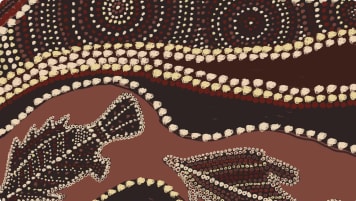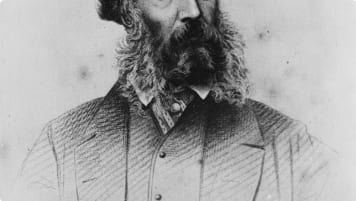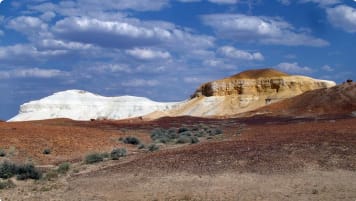The Kunmunya Mission; Stories from the Kimberley
The Kimberley holds a unique place for all visitors to WA. From First nation art to colonial pastoralists or the Argyle Diamond mine. This article examines the place of the Kunmunya mission in the regions history. Odyssey Traveller is an antipodean travel company serving World Travellers since 1983 with small group educational tours for senior couples and mature solo travellers.
22 Feb 22 · 8 mins read

Life on the Kunmunya Mission
By Marco Stojanovik
Originally established by the Presbyterian Church in 1913 at Port George IV Port, in 1920 the mission moved to Kunmunya for more arable land and a better water supply. Here it existed until 1951, when the residents agreed to relocate to Wotjulum Mission.
The Kunmunya Mission was located on the ancestral home of the Worora tribe, who were free here to wander, hunt and fish. Other tribes were also present, with as many as six different languages spoken on the mission at one time. All however could understand Worora.
At the time of the mission’s establishment, the Worora people’s cultural traditions and way of life had been unchanged for thousands of years. Anthropological observations of such were recorded by James Robert Beattie Love, a Presbyterian minister who served as superintendent of the Mission from 1927-1940, in his book Kimberley People: Stone Age Bushmen of Today, 1936. Love described a “detailed picture of everyday life and food gathering, of social organisation and kinship systems, belief in child-spirits and how people are named, of food and other taboos, of gifts and exchange systems, language, warfare, murder, punishment, medicine, death and funeral practices”.
He also described the interactions of the Worora and the Europeans and how the Worora adapted to the new lifestyles brought upon by European colonisation. The coming of the Europeans brought many novelties to the experience of the Worora people. Learning new ways with things such as clothes, washing with soap, hot water, smoking tobacco, and domestic livestock all took time.
This article explores some of the ways that the Worora people adapted to the European lifestyle on the mission, as described by Love. It is intended as background reading for Odyssey Traveller’s 14-day small group tour of the Kimberley, during which we explore the rich history of the region, with a fascinating settler, Indigenous, and multi-cultural past. Join us this dry season to explore Cape Leveque, The Bungles, Bell Gorge, Mitchell Plateau, Halls Creek, and more.

Spreading the Gospel
J R B Love’s primary object as superintendent at Kunmunya was to preach the gospel to the Worora people and other tribes. Love believed that a new religious faith, combined with an introduction to modern technology, would improve the health and happiness of the Aboriginal people and better prepare them for the impact of contact with white people. Medical, educational, and industrial work was also undertaken, but the Church’s work was always the chief consideration.
The preservation of aspects of tribal life and traditional beliefs that were compatible with Christianity were encouraged on the Mission. For example, Love believed he could see analogies in the rites of washing and drinking water with Christian sacraments. Meanwhile, unacceptable practices, although discouraged, were in the most part not overtly supressed.
Instead, Love strove for a balance between upholding tribal law and Christian practices to maintain discipline and the mission’s well-being. He believed Christianity could only be taught by example and in time the people would decide to adopt it on their own. This is in fact what happened, with many gradually changing their ways and they came to understand the teaching and examples. In the end, many of them became Church members themselves.
Animals on the Mission
The European missionaries at Kunmunyah soon found it was impossible to live on the food of the local Worora people. They did enjoy some of the foods such as fish and game, and some few of the vegetable foods were palatable too. But, not used to the majority of the foods, for the missionaries they were simply undigestible.
Thus, the founding of a flock of beasts of some kind for meat and milk was required. Goats were the obvious choice in the wild country. Here the more delicate sheep were sure to fail, and a small flock of goats could be yarded at night and herded during the day in a way that was not possible with cattle.
The Worora managed to adapt quickly to living with the domestic herds of goats. From the beginning, they showed themselves to be trustworthy and willing to faithfully care for the animals committed to their care. A married couple would undertake the care of goats, taking them out to feed each morning and bringing them home to the yards each evening.
The enemies of the goats were the dogs. Every woman had several dingoes, either born to her tame dingoes, or captured in the bush as wild puppies and tamed. Naturally, the native dingoes would hunt and kill any animal that ran on four legs. Even with a man and woman minding the goats, a dingo from the camp would in the early days frequently run at a nanny goat, pull her down and kill her before the shepherd of the goats could rescue the animal.
Superintendent Love explained to the people that the goats were to be left unharmed and any dingo that did kill a goat would be shot. After a couple of incidents, the people called of their dogs and in a surprisingly short time, the tame dingoes learned not to kill goats.
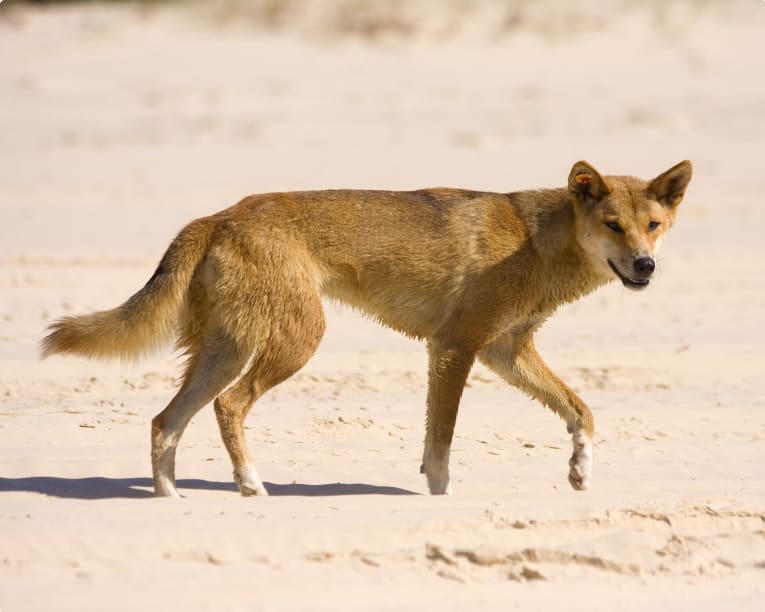
Growing Food
Part of the intention of the Kunmunya Mission was to train and employ able-bodied men and women, who were paid food in return for labour.
Before European settlement, the Worora people and other Aboriginal people never produced any food, but instead consisted solely on hunting and the search for vegetable foods natural to the country. But as white settlement spread throughout the remote parts of Australia, their hunting grounds became increasingly constricted.
One of the first duties of missionaries around Australia was to teach people how to produce food, to get more and better food from less extent of country than was the case with them before the coming of the Europeans. The clearing and cultivation of the land, keeping of stock, and fishing (including the collecting of such marine products as sea cucumbers and turtle shell) were all everyday labours of an Aboriginal Mission in Australia.
At Kunmunya, as well as the goats used for meat and milk, cattle were also later bred for meat, while vegetables, fruit and tropical cereals were grown. The cooking of staple foods such as bread, porridge, and rice all required their own method new to the Worora people. Even the boiling of tea to make tea was quite a new experience. The boiling of rice and porridge was a simple matter though that took small teaching. And the making of yeast bread was too soon learned.
Clothes
When Love first began an acquaintance with the Worora, the men walked naked and unashamed. They wore no clothes except a thick belt of spun human hair, from which a smoothed pearl shell hung behind. Their hair, meanwhile, was usually elaborately dressed; and sometimes they wore a necklace with a pendant behind.
The younger women wore a belt similar to that of the men, appearing very like the bound coils seen on the heads of Bedouin Arabs. These women always wore a tassel of spun kangaroo fur string on the front of the belt. Little children similarly wore a belt with a little tassel in front, or sometimes a pearl shell pendant. The older women, on the other hand, wore nothing at all except a coat of red ochre.
Eventually, the Worora, seeing the Europeans were clothed, started to copy them. Often though they would wear anything they could retrieve, even if it was any old cast-off rag. Picking up discards, they would turn them into many uses: “some ingenious, most ugly,” according to Love.
The missionaries in turn decided that proper European-styled clothing outfits should be worn at work or at church services on the Mission. Clothes were given as payment for labour or as free gifts at Christmas time. A weekly ration of soap was also given in order to keep the clothes clean.
The concept of using soap to remove grime and dust from clothes was an alien one at first, which took some time to adapt to. Similarly, it took a little time to comprehend the advantage of hanging clothes evenly on a line to dry. Soon though, the people were able to incorporate these methods.
While out hunting in the bush, it was decided clothes should not be worn. As soon as people finished the day’s work, they would return to their own camps and discard their clothes. And if a person who had been living on the Mission station for some time wanted to go back to living their old bush life, they could bring their clothes and leave them in the store until they returned to claim them.
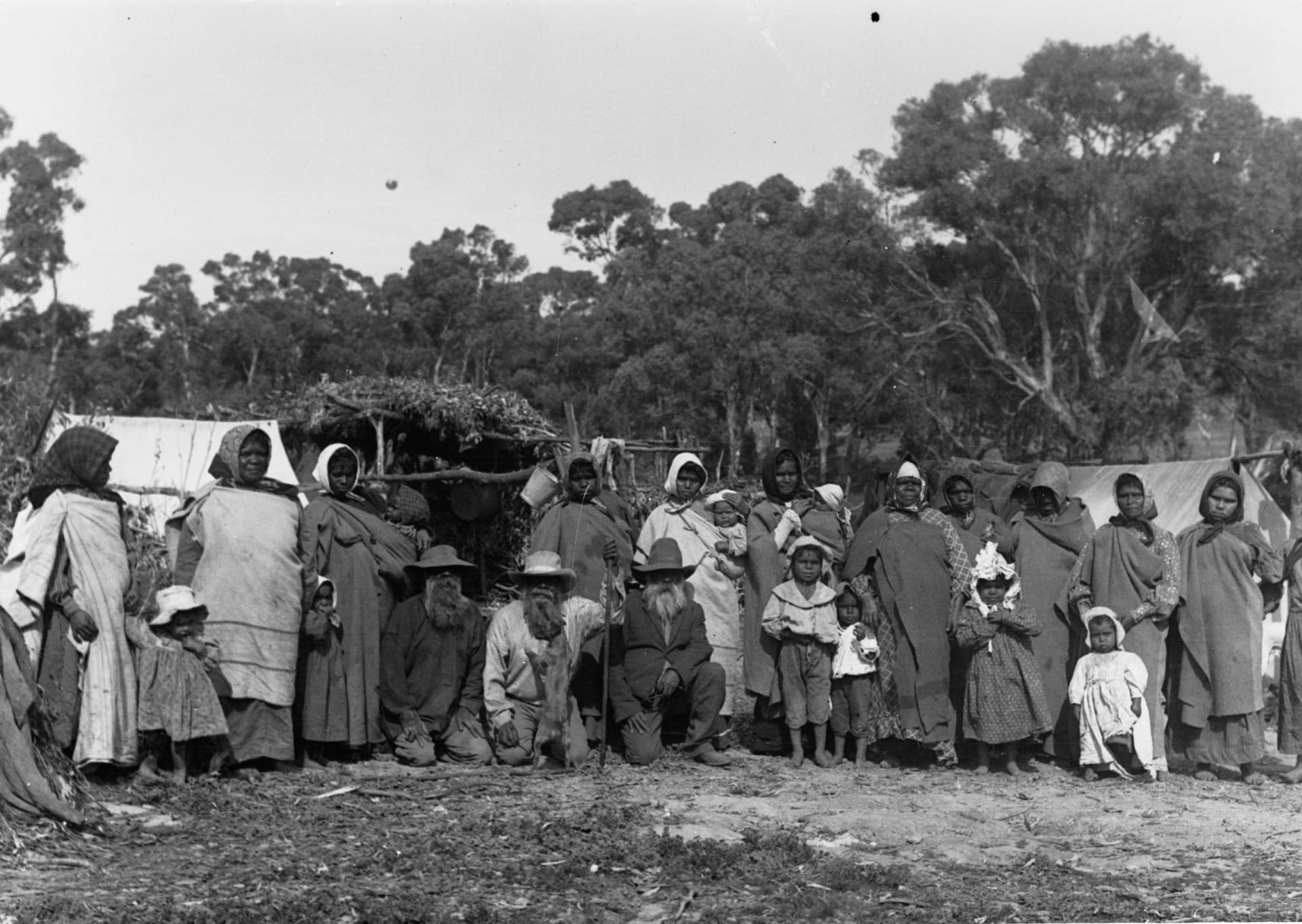
Cutting Hair
Originally, the custom for the Worora men was never to cut their hair. Women, meanwhile, only cut their hair at the death of a tribal husband. The hair of the widow would be spun into spring and given to the son-in-law, to be worn as a belt, or given as an article of exchange. In a seemingly painful process, another women would take hold of small locks of hair between her fingers and cut the hair off with a sharp stone.
During the time of Love’s superintendence, the men were roughly equally divided between long and short hair. Most would periodically let their hair grow long for a time and then cut it off. When the hair was grown, they would dress it in the tribal style, plastering it over with a clay and wearing a much-esteemed white headband bound over the top of their head. The women, meanwhile, still cut their hair as deaths demanded during this time.
Odyssey Traveller’s Tour of the Kimberley
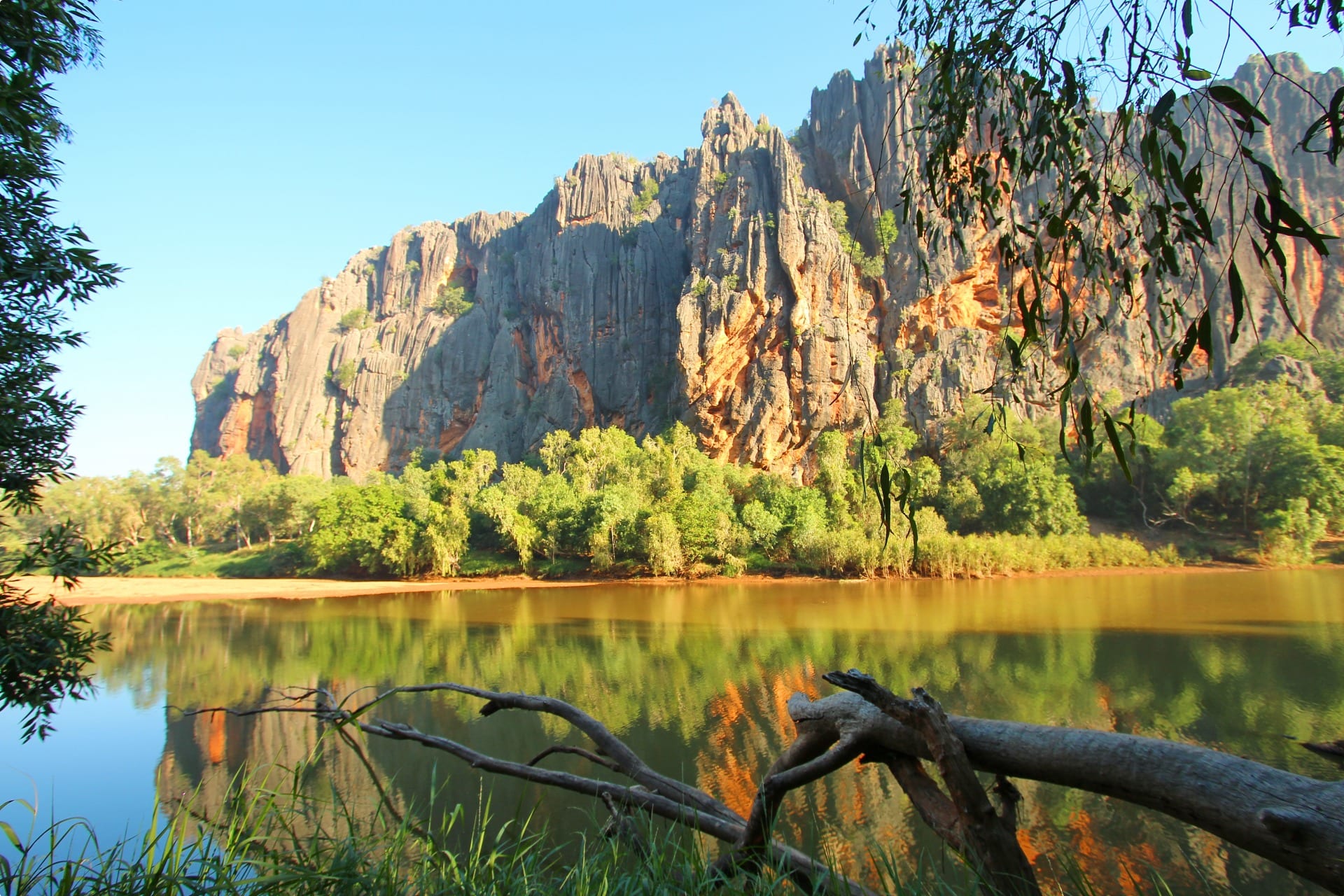
Odyssey Traveller visits explores rich Indigenous history and culture on our Tour of the Kimberley. Known as the place where the ‘red dirt meets the sea’, the must-see Kimberley region melds the quintessential outback Australia of red sand and rock formations with a stunning Indian Ocean coast to rival the Great Barrier Reef.
Our outback tours begin in Broome, home to beautiful Cable Beach, Roebuck Bay and Gantheaume Point, before winding up the Kimberley Coast, through the Dampier Peninsula and Cape Leveque, Yampi Sound, and Cygnet Bay. We then head inland from the Indian Ocean on the Gibb River Road, stopping off at beautiful Bell Gorge and Windjana Gorge National Park, home to a significant population of freshwater crocodiles (also found in Lake Argyle, near the Northern Territory border). We make a day tour to remote Purnululu National Park in the East Kimberley, where we take a scenic flight over Bungle Bungle Range, Cathedral Gorge, Echidna Chasm, and Piccaninny Creek.
Our Kimberley tour also stops in at El Questro, a former cattle station converted into a wilderness park centred around Emma Gorge, Chamberlain Gorge, and the Pentecost River. El Questro offers a range of accommodations, from tented cabins by the gorge to luxury suites in the former El Questro station.
Odyssey Traveller has been serving world travellers since 1983. Like all our tours, our Kimberley outback tours come with a difference: an authentic and culturally informed travel experience, that goes beyond the tourist sites in favour of drawing out the hidden histories of our destinations. Our guides are chosen for their local expertise, and we move in genuinely small groups: usually 6-12 per tour. Our tours are all-inclusive, encompassing accommodation, attraction entries, and transport.
If this sounds ideal, why not join our tour of the Kimberley, or take a look at our other Australia and outback tours?
Articles about the Kimberley and Australia published by Odyssey Traveller:
- The Kimberley: A Definitive Guide
- Aboriginal Rock Art in the Kimberley
- Gwion Gwion Rock Art Australia (Joseph Bradshaw Figures)
- Broome | Definitive Guide for Mature Travellers
- George Grey’s 1837-38 Expedition: First Land-Based Exploration of the Kimberley
- Mowanjum Cave Paintings and Burial Caves
- How did Australian Aboriginal People Send Messages?
- Ord River
For all the articles Odyssey Traveller has published for mature aged and senior travellers, click through on this link.
External articles to assist you on your visit to the Kimberley:
Related Tours

14 days
May, Jun, Jul, Aug, SepSmall group tour of Australia's Kimberley
Visiting Western Australia
Escorted small group tour of the Kimberley. We explore and visit The Bungles, Bell Gorge, Mitchell plateau & Halls Creek in the dry season. Amazing landscapes intertwined with Aboriginal communities resident more than 45,000 years.
From A$15,390 AUD
View Tour
14 days
Apr, Jul, SepKimberley and Pilbara explored by air
Visiting Northern Territory, Victoria
Small group air charter tour of the Kimberley and Pilbara for senior and mature couples and single travellers. Learn about Purnululu, Bradshaw art, visit Derby, Broome and Alice Springs.
From A$24,695 AUD
View Tour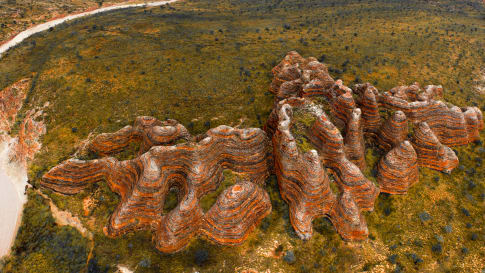
19 days
Sep, Apr, May, Jun, Jul +2Kimberley, Purnululu, Tiwi Islands and Arnhem Land
Visiting Northern Territory, Western Australia
Small group tour touring most of the Australian territory, travelling through the outback and visiting many of the famous sights as well as off the beaten track locations, giving you the opportunity the explore and meet our people in the most remote locations and far north Kakadu and the Kimberley.
From A$14,995 AUD
View Tour
days
Mar, AprBroome - Darwin small group tour
Visiting Northern Territory, Western Australia
For senior couples and solo travellers interested in small group tours of learning about Aboriginal Australia and the outback in Australia. This educational tour visits the Kimberley, Derby, Katherine, Kakadu, Darwin and the Tiwi islands. Plenty of Aboriginal history with the colonial overlay to experience first hand.
From A$18,995 AUD
View Tour
days
Apr, May, Jul, Aug, Sep +2Central and Western Australia by Air
Visiting Northern Territory, Western Australia
Small group escorted air tour of Central and Western Australia, where the coaches have yet to reach. Outback Australia, Aboriginal art, Standing stones, Derby, Broome, Tanami desert, Kununurra explored for mature couples and single travelers.
Articles to read
Related Articles

Aboriginal Art
Senior and mature couples and solo travellers remain curious but often informed about the role Aboriginal art plays in the indigenous community and the various styles. This article seeks to provide a platform for this collection of small group tours of upto 15 people into the Australian outback where often Aboriginal art styles are encountered.

Aboriginal Rock Art in the Kimberley, Australia
The Kimberley is explored on a small group tour for mature and senior travelers, couples or singles. Both Aboriginal community is studied and an appreciation of the wet and dry seasons. This guide on the Kimberley assists the traveler as you start from Broome and travel round via Halls creek and Purnunulu national park over some 17 days in a group of up to 12 people.
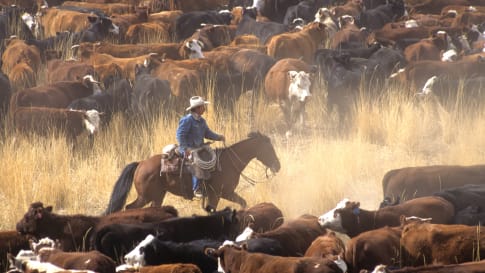
Alexander Forrest & Early Development of the Kimberley Cattle Industry
Article about Alexander Forrest, a cattleman who made a difference in the Kimberley. Forms part of a small group tour for mature and senior travellers into Outback Australia for couples and solo travellers.
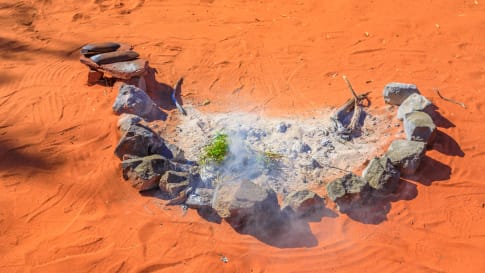
Australian Aboriginal Paths of Migration
Article for small group tours of mature or senior couples or solo travellers interested in learning more about Aboriginal history, Kinship, trading routes, songlines and ancient history.
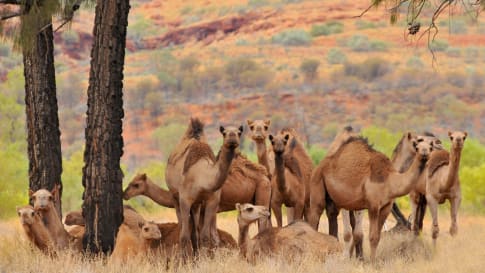
Camels of the Australian Outback
Camels of the Australian Outback Here’s a trivia question : where are the world’s only wild single-hump (dromedary camel) camels found? If you guessed Arabia or the Sahara, you’d be wrong. In fact, the answer…
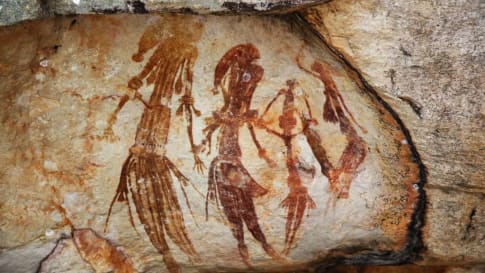
Gwion Gwion Rock Paintings (Bradshaw Art)
Bradshaw's discovery of rock art in the Kimberley remained a challenge for many decades .This article for small group tours of senior couples and solo travellers into the Kimberley provides information about the rock art and the re-discovery.
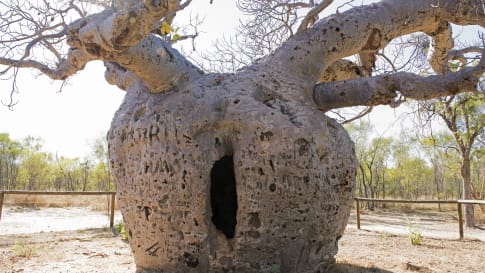
Kimberley Boab Tree
Boab trees are a wonder. Article for mature and senior travellers about this distinctive tree in Western Australia. Join a small group tour for couples and solo travellers exploring the Kimberley.

Lake Argyle, Australia
Understand why Lake Argyle exists before joining a small group package tour for mature and senior travellers of Western Australia's Kimberley region in the preferred dry season. Limited to 12 travellers for your peace of mind we learn about the landscapes and the aboriginal stories often via the rock art in far North.

Kununurra, Western Australia
Explore the sights and history of Kununurra, with its spectacular lakeside beauty and outback charm, Kununurra is one of the Kimberley's most popular highlights. Odyssey offers small group tours for mature and senior travellers, couples, and solo travelers to Australia and Western Australia.
